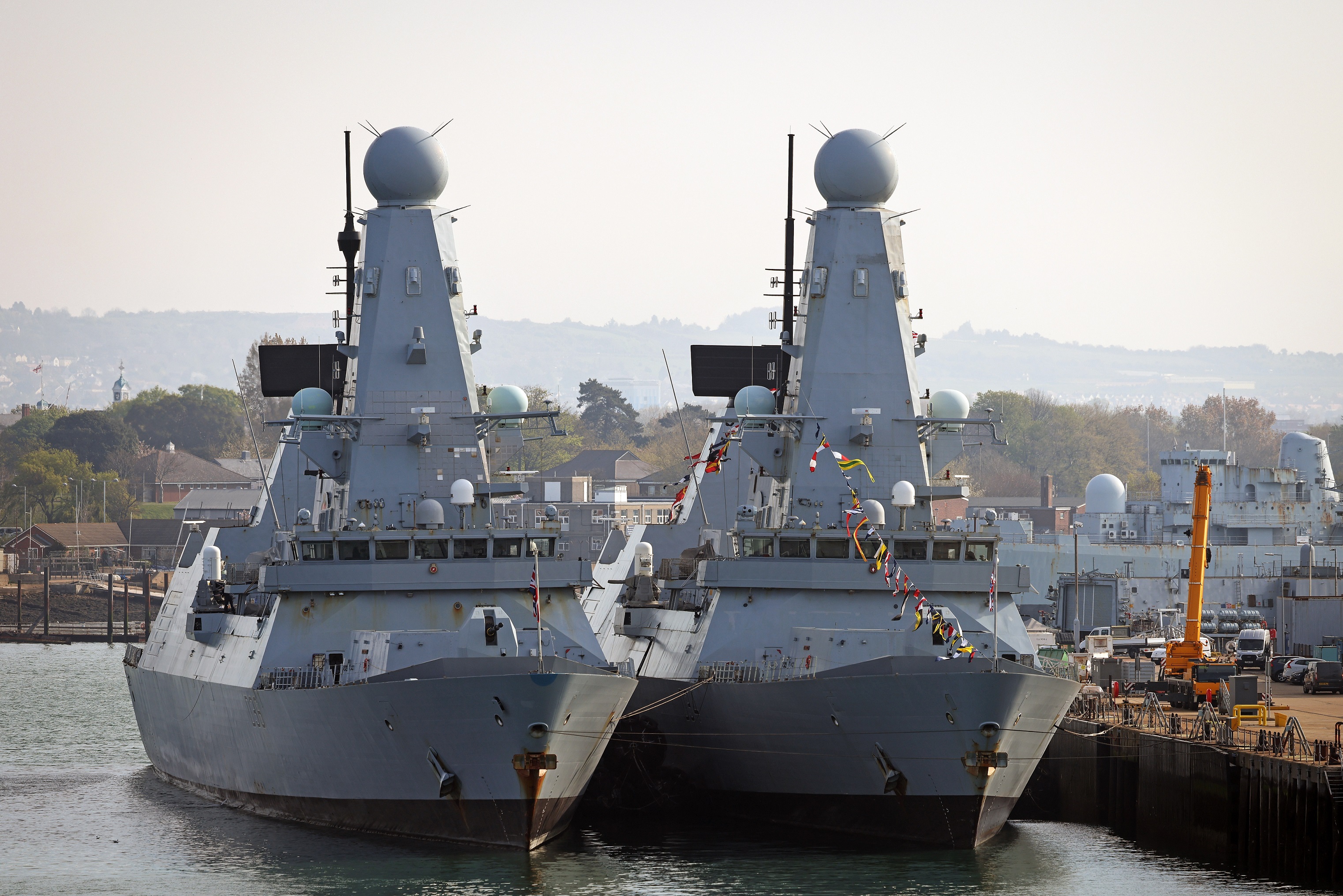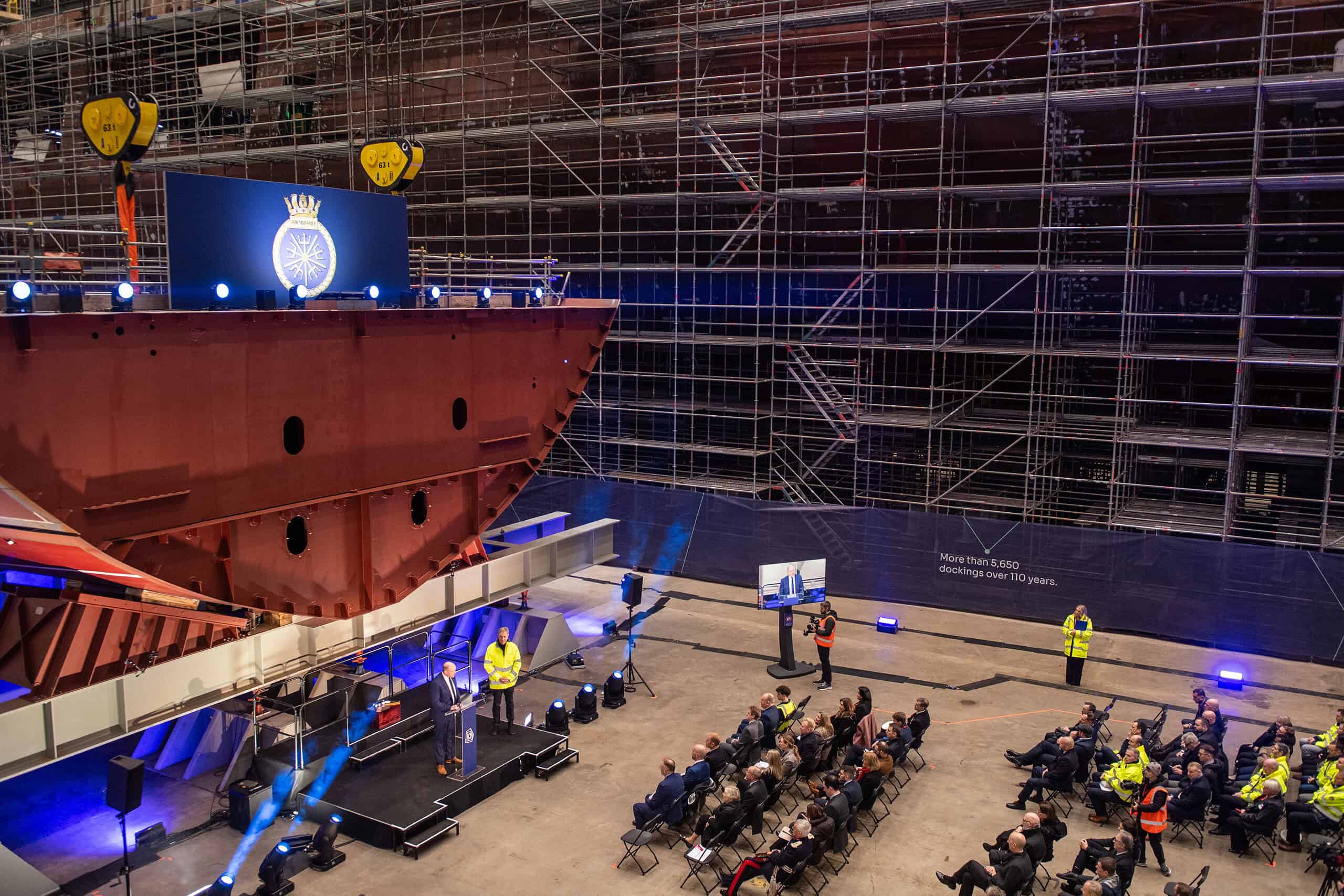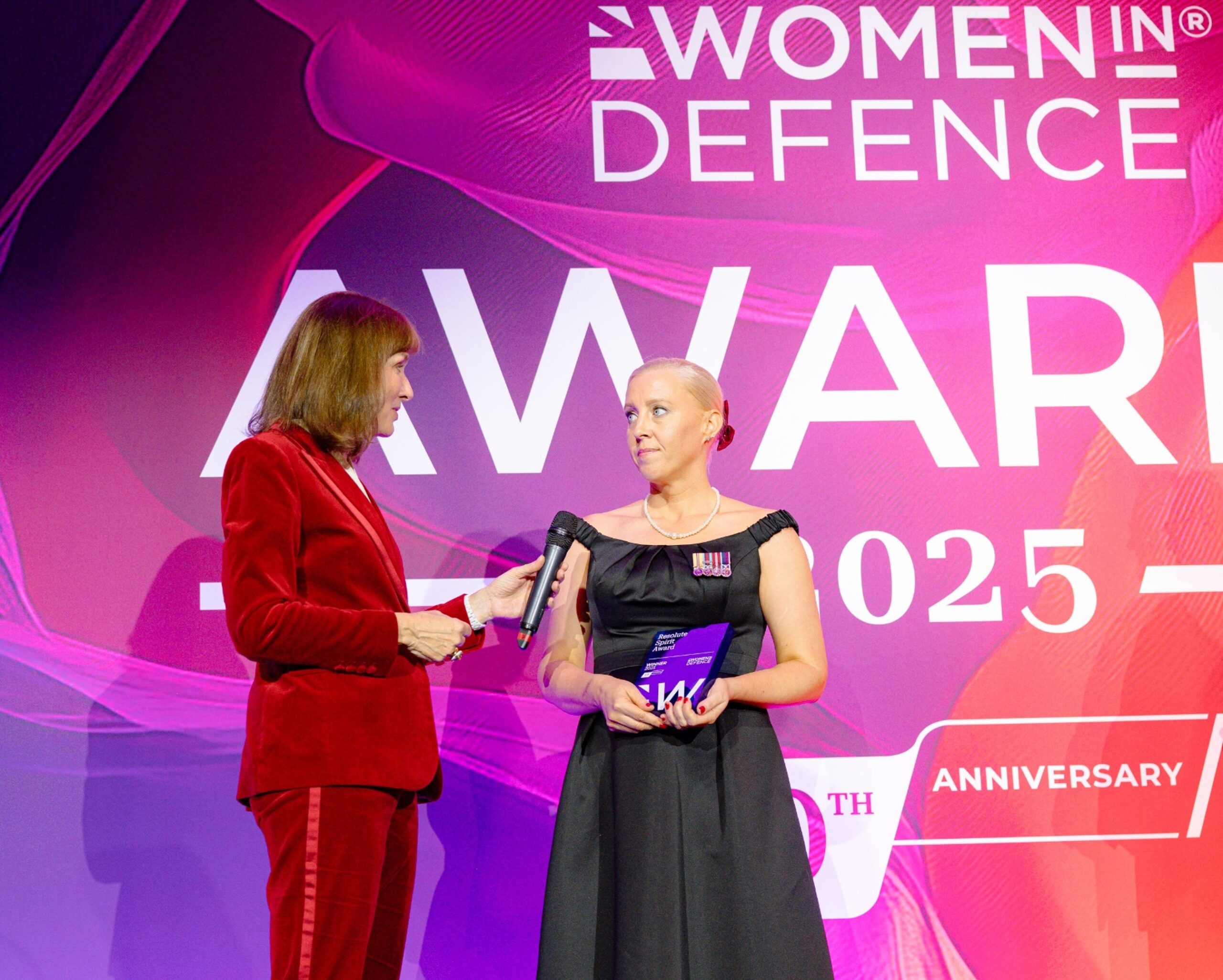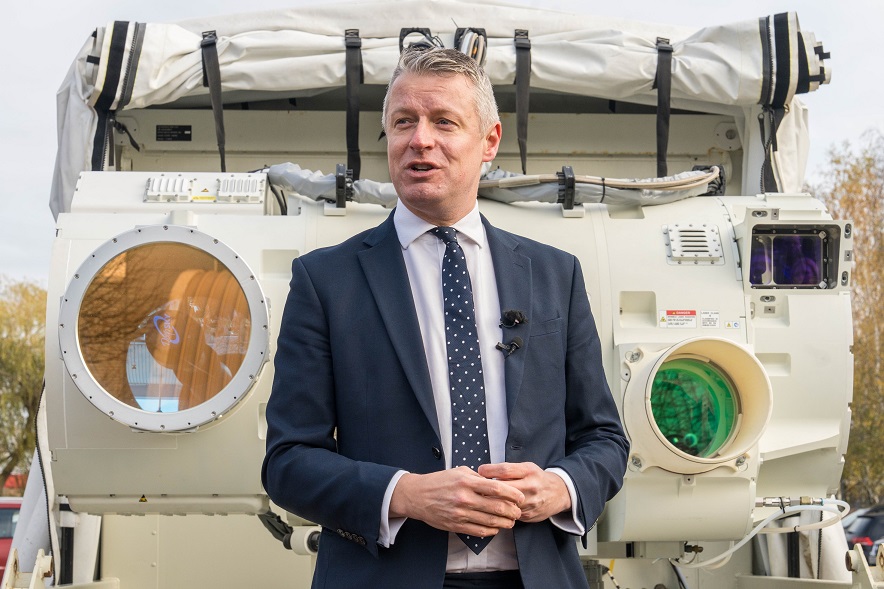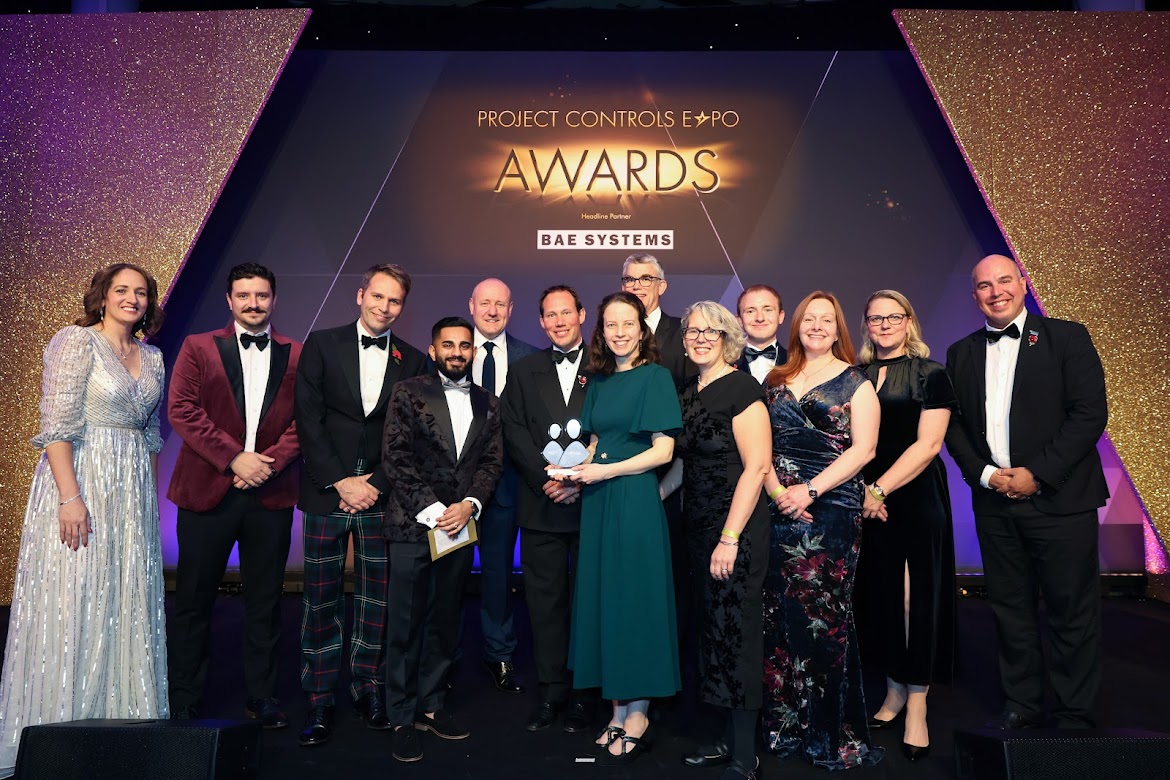Published 29 January 2024
Share this story
The Typhoon jet, also known as the Eurofighter Typhoon, is considered the backbone of UK combat air defence along with European and international allies.
The aircraft, crew and support team are located across two UK bases at RAF Coningsby and RAF Lossiemouth, with further Typhoons committed to supporting British Forces South Atlantic Islands at Mount Pleasant and at other locations around the world.
The platform’s importance was underlined this month when four were called on to carry out precision strikes on two Houthi facilities in Yemen, following persistent attacks against merchant ships in the Red Sea and the deliberate targeting of HMS Diamond and US Navy vessels.
Key to Typhoon’s success is its agility and versatility. Its roles include air policing, peace keeping and both air-to-air and air-to-surface combat capabilities. Typhoon’s principle role is Quick Reaction Alert which defends British and Falkland Islands airspace.
With such a crucial and varying role to play in the UK and abroad, the importance of ensuring Typhoon is available and ready to go at a moment’s notice cannot be underestimated.
That’s where the Typhoon Total Availability eNterprise (TyTAN) comes in.
Introduced seven years ago Typhoon TyTAN, an arrangement principally between DE&S, RAF and BAE Systems, introduced new ways of working between the MOD and its industry partners across the supply chain to drive improvements while delivering lowest possible costs.
The biggest of those changes was a move away from an often “transactional” and “siloed” way of working between DE&S and BAE Systems towards a fully integrated “enterprise” approach with collaboration and shared goals at its centre.
This enterprise, which includes a joint avionics service with Eurofighter Partner Company Leonardo, immediately reduced the cost of the support service by around one-third whilst improving levels of support to the UK Typhoon fleet.
The UK has 137 Typhoons in total, with seven front-line squadrons at various locations in the UK and abroad, all of which require up to 10 aircraft per squadron to be ready for operations, supported by both an Operational Conversion Unit and a Test and Evaluation Squadron. The totality of these aircraft is called the Forward Available Fleet.
Wg Cdr Simon Davies, who has 33 years RAF experience including 18 years working with Typhoon, is the DE&S TyTAN Service Delivery Manager. He said:
“The TyTAN enterprise is unlike anything else I’ve worked on. Fundamental to its success is the embedded behaviours within the entire team where a culture of openness, transparency and honesty takes precedent.
“There are no barriers here between MOD and industry, we all work together – many of us in the same building – and are completely focused on problem solving to deliver a total support solution for this aircraft.”
The TyTAN team covers all availability services, such as training solutions and schools, responsibility for maintenance including depth maintenance, ground crew/air crew and round the clock technical support. TyTAN also delivers a ground school for engineers and inventory management systems.
Wg Cdr Davies continued:
“TyTAN started seven years ago and has grown from having responsibility for five squadrons to seven, with of course increased flying hours, totalling over 154,000 flying hours since the beginning.
“The enterprise always delivers, and to cost. The contracted flying hours have been achieved for each of the last 7 years. Each front-line squadron needs up to 10 jets, meaning 65-70 Typhoons need to be available at any given time and I’m proud to say TyTAN provides those numbers, we’ve never failed to supply those aircraft.”
Evidence for TyTAN’s success is the fact it is seen as a “Best in Class” example of what can be achieved when MOD and industry move away from the traditional transactional approach between a manufacturer and its customer to a collaborative enterprise with shared goals.
Wg Cdr Davies said:
“I’m regularly called on to deliver presentations to other delivery teams within DE&S and beyond showing how we do things on TyTAN underlining the importance having the right behaviours has on our success.
“As a team we identify problems together and find answers to those problems together, transparency really is the key.”
Case study – collaboration in action
The Typhoon TyTAN was tasked with addressing long-term problems with the aircraft’s Supersonic Fuel Tanks (SFTs) which had developed multiple technical issues requiring long repair cycles, impacting training and operational flying.
Up to three SFTs can be fitted to each Typhoon jet, depending on its mission, to allow it to remain airborne for longer.
To address this, TyTAN set up a “Tiger team” of multi-disciplined specialists focused on a specific issue, identifying critical areas for investigation and improvement by analysing in-service data, before establishing improvements to achieve maximum benefit in the shortest timescales.
The result – the team saved 9,000 maintenance hours per year and increased availability of SFTs through this new multi-team approach.

